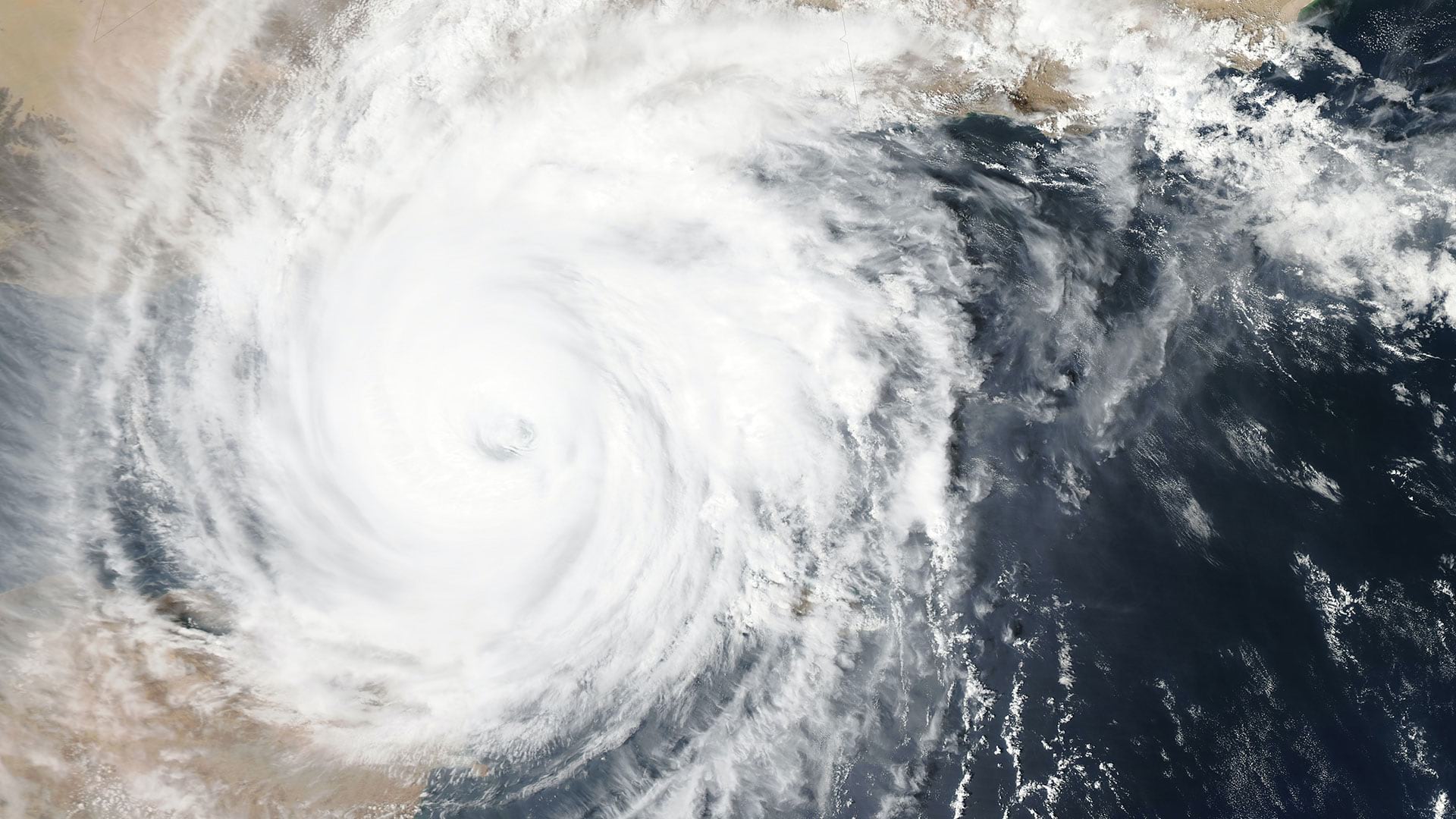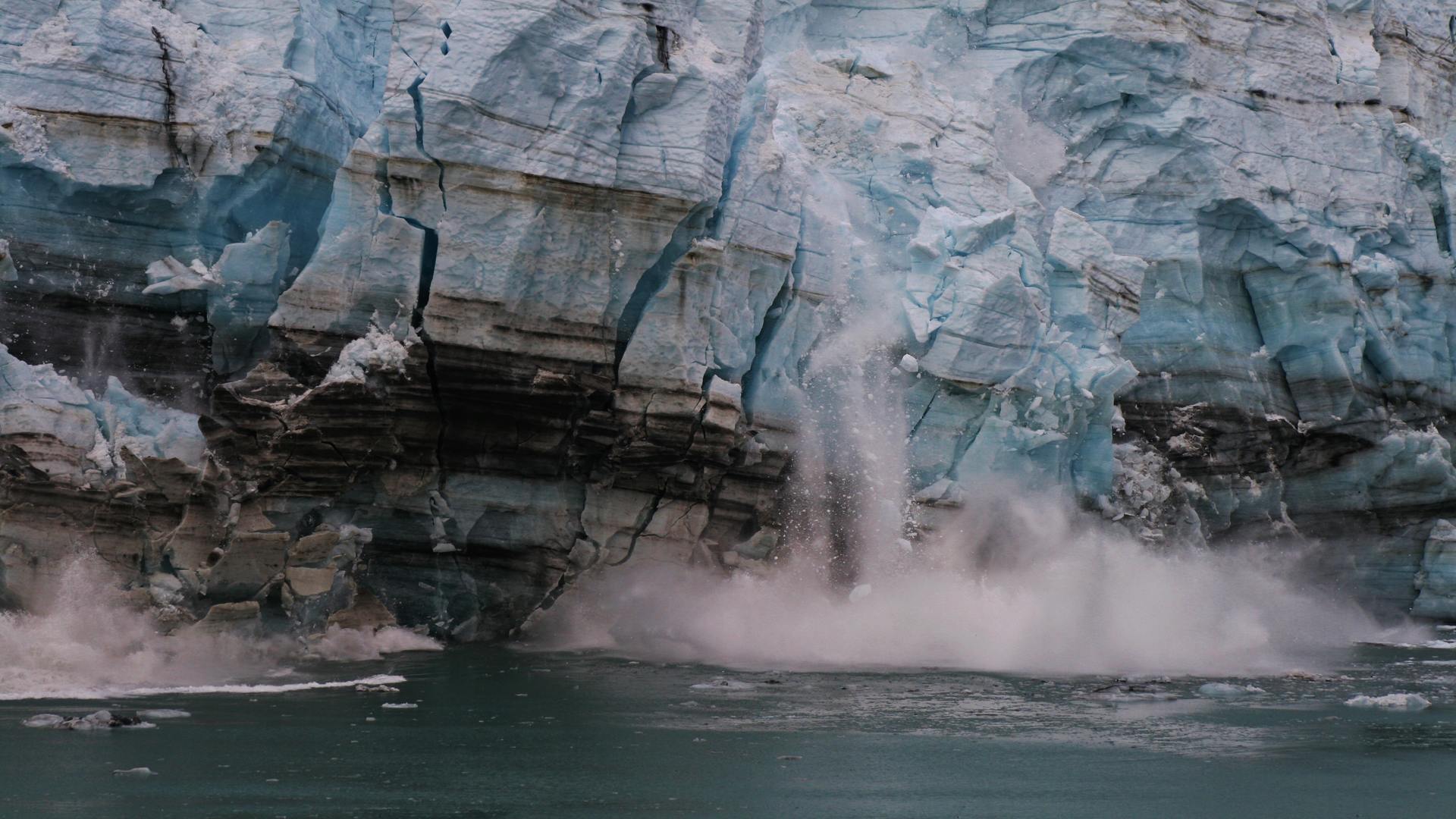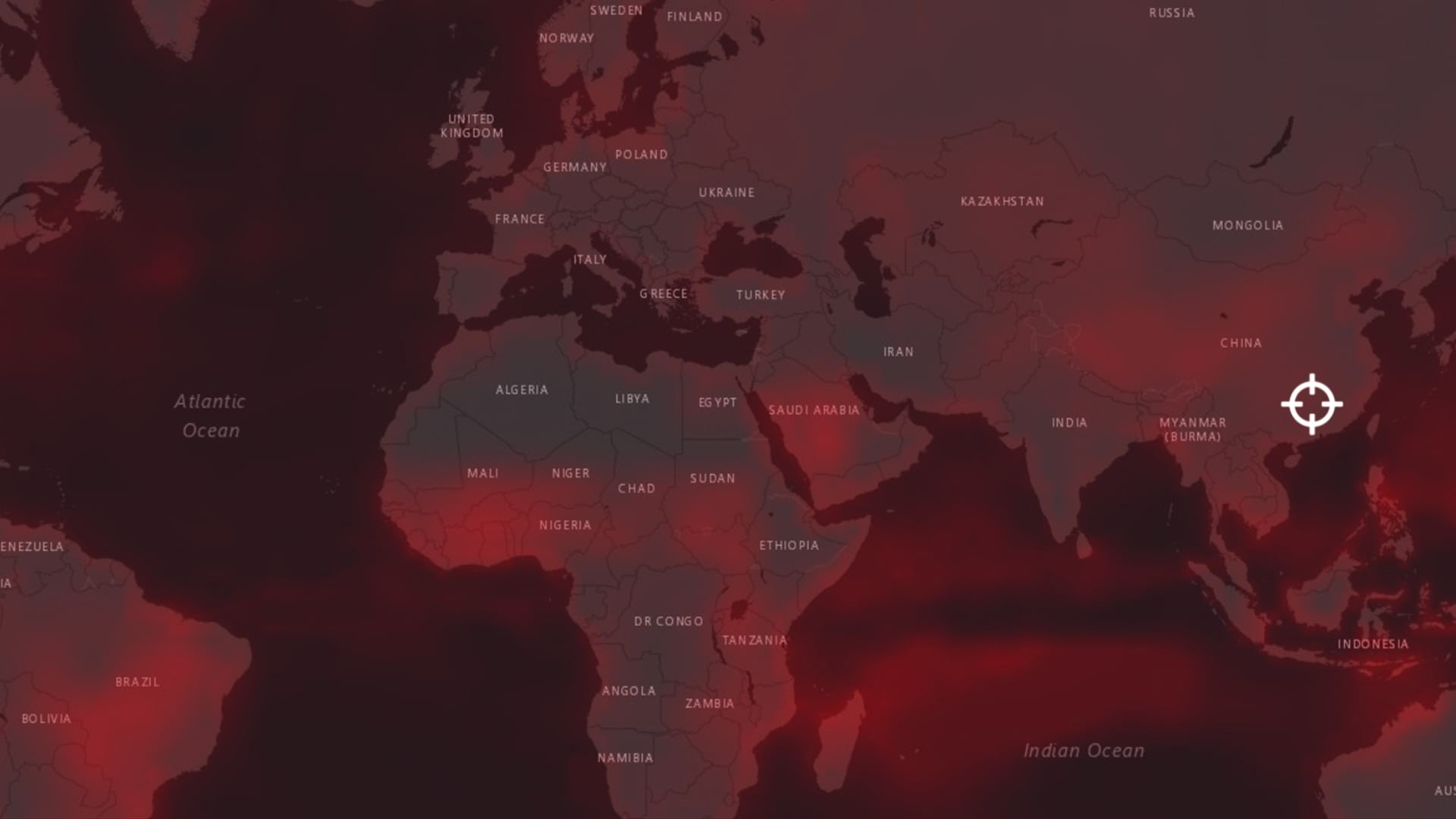Editor’s note: Since this story was published, climate risk data has become more widely avaialble. To learn more, visit this page.
When one of the world’s biggest companies uses big data and location intelligence to predict how climate change will affect its business for the next 30 years, the signal is clear: climate risk is real, and businesses must adapt.
Every year, the World Economic Forum asks leaders in government, business, and academia to identify the most consequential risks facing the world over the next decade. This year, for the first time in its 14-year history, the Global Risks Report revealed a striking consensus: the top five biggest risks were all climate related, from extreme weather events to collapsing ecosystems.
The fallout is already apparent. Real estate properties in danger of being under water if sea levels rise one foot already sell for 15 percent less than properties without flood risk. In a recent open letter to corporate executives, BlackRock CEO and chairman Laurence Fink emphasized that climate risk would be a major guiding force in how the firm invests its $7.4 trillion in assets going forward.
In part, insurers and influential investors are driving the trend, demanding new levels of transparency from businesses on the climate risks their assets face. For industry leaders that take the long view, it’s a reality they can’t afford to ignore. That’s because the costs of climate change are becoming more apparent as its impacts accelerate. In 2017, when Hurricane Maria and Hurricane Harvey pummeled the US and nearby island nations and storms battered Northern and Central Europe, insurers paid out a record $135 billion around the world. In the US alone, total damages skyrocketed to $307 billion.
Climate change is already reshaping the world economy. The degree to which business leaders accept this fact—and the speed at which they adapt, with the right actions in the right locations—may reset the roster of industry leaders in the coming years.
Assessing and Mapping Climate Risk
Leaders at AT&T—the world’s largest telecom company by market cap—are focused on doing their part to mitigate climate damage even as they take steps to adapt their business to its impacts. The company serves as an essential utility to millions, providing connections to home computers, mobile devices, IoT sensors, and more. Those services are digital, but the infrastructure that powers them—from cell towers to base stations—is very much part of the physical world, and vulnerable to climate impacts.
A pioneering public-private collaboration between the telecom giant and the US Department of Energy’s Argonne National Laboratory points to the power of data and location intelligence to shed light on both climate risk and business adaptation. Drawing on the data-gathering and supercomputing power of the leading national lab and the visual and analytic capabilities of geographic information system (GIS) technology, AT&T developed a climate analysis tool capable of identifying the areas of its network most at risk in the US Southeast.
With an unprecedented degree of detail, they were able to forecast how infrastructure like buildings and cell towers in four states—Georgia, North Carolina, South Carolina, and Florida—could be affected by impacts from, for example, a 50-year storm event in the coming decades.
“It’s not just AT&T—I’m seeing this more and more in all kinds of industries where companies are saying, ‘If this is the reality, then let’s prepare for it, let’s deal with it,’ ” says Antoine Diffloth, director of data insights in the Chief Data Office at AT&T.
Bolstering Climate Resiliency through Data
AT&T had been formalizing its climate adaptation efforts since 2015, but the cascade of severe weather events that struck the US between 2016 and 2018 made it clear how alarming climate risk was becoming. During that time, repair and recovery from major storms cost AT&T over $800 million.
As one of the world’s largest companies, with revenues of $181.2 billion and over 247,000 employees, AT&T has a vast infrastructure network and thousands of pieces of equipment exposed to the worst that Mother Nature can deliver. With the blessing of the company’s executives, the data and sustainability teams began developing a tool that would predict impacts on areas of the network most at risk from climate change, all the way out to 2050.
“One of the things we quickly realized was that if we’re going to talk about climate change, probably the best thing we could do is give folks a visual representation of that,” says Shannon Carroll, director of global environmental sustainability at AT&T. “You have to think about the end user. You could give them a bunch of datasets, but how useful is that really?”
To capture climate data in a visually engaging way, AT&T turned to the GIS technology it was already using to map the locations of its infrastructure assets. The smart map was a natural fit both to communicate with stakeholders and to shape decisions around adaptation and resilience. “People just gravitate to seeing it this way,” Diffloth says.
AT&T had plenty of experience dealing with big data, as it processes huge streams of information generated by its network users. But while the company relies on its own meteorological operation center to forecast short-term weather events, what it didn’t have was expertise in managing and building predictive models for climate change. They needed new data to match a new reality. For that, they reached out to one of the nation’s top research institutions, Argonne National Laboratory.

We're helping an organization understand something about their own internal risk due to climate impacts, but we're doing so by conducting additional modeling that hasn't been done before. There is scientific discovery with each of these projects.
Groundbreaking New Climate Modeling
Many companies conducting climate risk and adaptation analysis end up relying on generalized data that’s often dated by several years or even decades. By working with Argonne, AT&T had the advantage of accessing timely data tailored to their locations of interest and climate risk priorities.
“AT&T’s problem was very complex and very, very specific,” says Thomas Wall, program lead for engineering and applied resilience at Argonne. “It was also at a systems-level scale that is much larger and more detailed than most of what I’ve seen for these types of projects.”
The telecom giant was particularly interested in flood risk and high-intensity winds—the two threats deemed most significant to electrical and battery-powered equipment aboveground and underground. Company leaders particularly wanted to know the depth of inundation in scenarios of varying severity in the four southeastern states of focus, both inland and along the coast.
To carry out the task, Argonne built on its physics-based regional climate modeling system, taking global climate predictions and applying them to a local level. While most climate modeling of this kind works on 12-kilometer blocks, Argonne was able to enhance the focus down to hyperlocal, 200-meter blocks—the most detailed level of climate modeling available that covers the four southeastern states of focus.

We've had a lot experience dealing with big data. What we did not have a lot of experience with is climate change and how to create models around climate change. That's where Argonne came in.
Adaptation Today for Resiliency Tomorrow
To address flood risks, researchers used advanced hydrologic and hydraulic models to simulate how water would flow and pool around terrain. The analysis was broken into 200-meter by 200-meter cells—roughly the size of seven football fields—and applied throughout the entire Southeast region, covering more than 35 million grid cells. Using world-class supercomputers, Argonne was then able to reduce the project data, equivalent to about 500 billion pages of text, to an output that could be formatted into AT&T’s GIS. AT&T then layered the climate forecasts and information on maps of the company’s network assets.
“What’s really important here is the quality of the data,” Carroll says. “It’s never perfect, but if we know with a 95 percent confidence interval that between now and the next 30 years, a specific grid cell will have a maximum flooding of 15 feet, that’s really good information to have.” Utilizing the smart maps, AT&T can determine which assets they have in each cell and how susceptible they are to flooding.
The precision of the climate data and the visualization power of the smart maps enabled a sharper level of predictive analysis, helping AT&T plan today for resiliency tomorrow. Even within a mile or two, local topography, such as hills and valleys, affects coastal flooding and presents different levels of risk.
With knowledge of those risks, a planning team might decide to move the construction of a cell tower 200 meters south to an area less prone to floods or wind, or to the other side of a highway. The team can shore up existing facilities, knowing that one building may only need to be reinforced by sandbags, while at another location, batteries need to be elevated to avoid maximum flooding levels. “The more granular you can get, the better decisions you can make,” Diffloth says.
With this climate-prediction tool in hand, AT&T is able to take a proactive approach to growing risks from extreme weather events, ensuring the safety and integrity of its facilities and the continuity of its service to customers.
“What this tool does is complete the adaptation side of climate change,” Carroll says. “How are you going to adapt to the parts of climate change that are already baked in? How are you prepared for the future? That’s how this tool helps.”

As we started on this project and realized that we were going to get a brand-new climate dataset, we all agreed very early on that everyone should have access to this data.
Strengthening Communities in the Face of Climate Threats
From the beginning, the AT&T teams working on the climate risk analysis tool decided they were going to make the data available to everyone. They even publicized access to the climate data through press releases and social media channels, encouraging people and groups to download it.
Launching a climate resiliency community challenge, AT&T and Argonne invited local municipalities and universities in the four-state region to submit applications to work with the data in ways that would address local problems. Five universities were selected and each given $50,000 to assist communities with climate resiliency and adaptation.
Part of Argonne’s motivation in collaborating with companies like AT&T on mapping climate risk is that the insights often benefit not just the individual company but also the larger region.
“It’s not just helping their business do better, it’s broader than that,” says Argonne’s Wall. “It’s helping the community they serve be more resilient in the future.”
Businesses are increasingly stepping into the role of neighborhood watch, alerting communities to the impacts of climate change as part of their corporate social responsibility missions. For instance, the design firm Atkins used GIS technology to develop a simulator that shows residents of a given municipality how the impacts of climate change will affect their lives on a daily basis.
It speaks to the larger reality that no single company’s efforts will turn the tide of climate change. But by adapting to risks, a company creates resources—data, processes, maps—that business leaders can share, encouraging orchestrated action in the most vulnerable places.
“I’ve got two young kids,” Diffloth says. “It might sound trite, but I want to do what I can to leave a better place for them. I can’t set policy, I’m not a climatologist. But I can do stuff with data. So, this is my contribution to leaving the world a better place.”
The Esri Brief
Trending insights from WhereNext and other leading publicationsTrending articles

December 5, 2024 |

July 25, 2023 |

November 12, 2018 |

February 1, 2022 |

July 29, 2025 |

July 14, 2025 |






